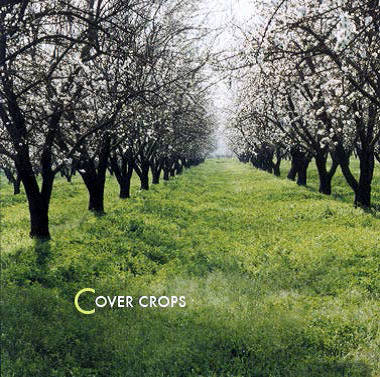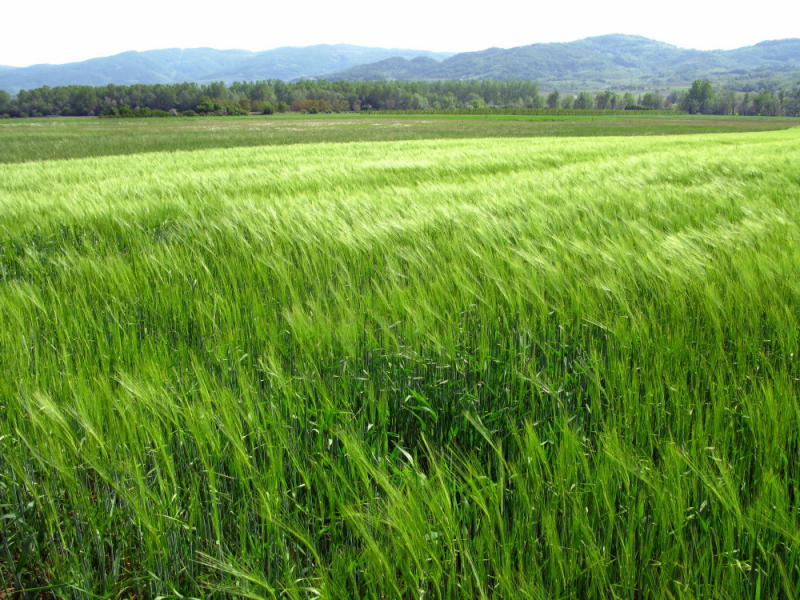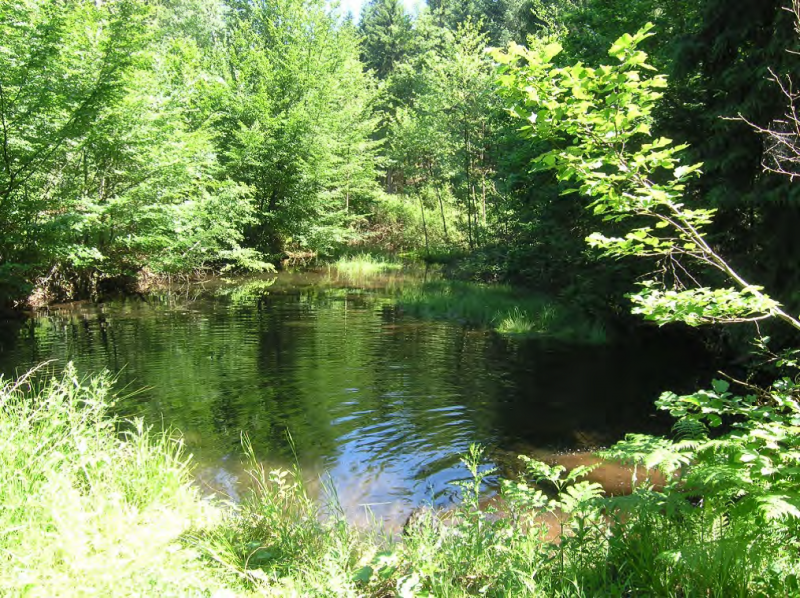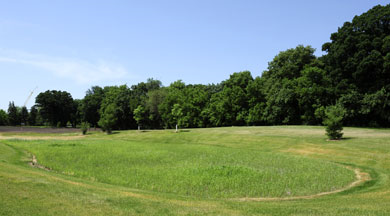Green cover
Normal
0
21
false
false
false
...-->

Orchard with green cover
Source: Gonzalo Delacámara’s presentation, NWRM Workshop 1 (Spain)
| Benefits | Level |
|---|---|
BP2 - Slow runoff |
High |
BP5 - Increase evapotranspiration |
Medium |
BP6 - Increase infiltration and/or groundwater recharge |
Medium |
BP7 - Increase soil water retention |
Medium |
BP8 - Reduce pollutant sources |
Low |
BP9 - Intercept pollution pathways |
High |
BP10 - Reduce erosion and/or sediment delivery |
High |
BP11 - Improve soils |
Medium |
BP14 - Create terrestrial habitats |
Low |
BP17 - Absorb and/or retain CO2 |
Medium |
ES3 - Natural biomass production |
Low |
ES4 - Biodiversity preservation |
Low |
ES5 - Climate change adaptation and mitigation |
Medium |
ES6 - Groundwater/aquifer recharge |
Medium |
ES7 - Flood risk reduction |
High |
ES8 - Erosion/sediment control |
High |
ES9 - Filtration of pollutants |
High |
PO2 - Improving status of physico-chemical quality elements |
Low |
PO3 - Improving status of hydromorphology quality elements |
Medium |
PO4 - Improving chemical status and priority substances |
Low |
PO5 - Improving quantitative status |
Low |
PO6 - Improving chemical status |
Low |
PO7 - Prevent surface water status deterioration |
High |
PO8 - Prevent groundwater status deterioration |
Medium |
PO9 - Take adequate and co-ordinated measures to reduce flood risks |
High |
PO10 - Protection of important habitats |
Low |
PO11 - Better protection for ecosystems and more use of Green Infrastructure |
High |
PO12 - More sustainable agriculture and forestry |
High |
PO14 - Prevention of biodiversity loss |
High |






